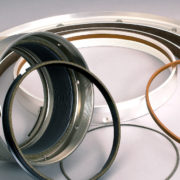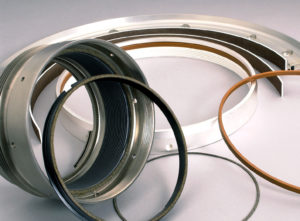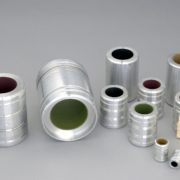Adhesive Bonding Versus Welding
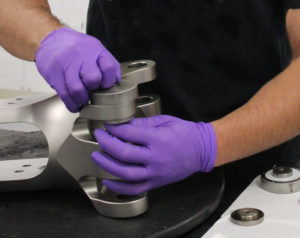 When you consider adhesive bonding versus welding for securing your parts, strict specifications must be met while controlling the total cost. Switching over to a new joining process requires addressing many issues, including safety concerns, excessive down time, structural integrity, and structural degradation, as well as your overall manufacturing process.
When you consider adhesive bonding versus welding for securing your parts, strict specifications must be met while controlling the total cost. Switching over to a new joining process requires addressing many issues, including safety concerns, excessive down time, structural integrity, and structural degradation, as well as your overall manufacturing process.
Adhesive is the new kid on the block for many metal fabricators. The older adhesives weren’t ideal for bonding metal to metal, but newer adhesive types have proven their worth as a viable adhesive bonding option.
Here’s a comparison of the advantages of traditional welding to adhesive bonding’s newest technology:
Welding Advantages
- No curing time needed in production process
- Instantaneous procedure
- Strong bond even at high temperatures
- Flexibility with attachment location, including large objects with small welding areas
- No shelf life or monitoring of storage time necessary
Adhesive Advantages
- May reduce stress concentration points
- No distorting or discoloring of thin metals
- Won’t destroy galvanized coatings or cause corrosion
- Gives a one-step seal and bond process
- Joins dissimilar materials
- Minor joint design changes to accommodate surface contact
- Assembly of different masses and dimensions
- Joins irregular shaped surfaces with minimal alteration to part dimensions
- Gives increased fatigue strength by distributing stress across bonded area
- Improved finished appearance
- Training of workforce is less costly
- Ideal for high-volume applications
- Little or no post-process cleanup
Making the change from welding to adhesive bonding requires a comprehensive view of your bonding needs. Consider how your overall manufacturing time can be reduced with adhesive bonding by analyzing your processes.
Can you switch over to adhesive bonding with only procedural and part-flow changes? Will a change in joint geometry design pay off? If a change in your joining process improves efficiency and quality, and reduces overall manufacturing time, it’s worth the effort to switch from welding to adhesive bonding.
Your goal of cost savings and production efficiency requires choosing the most effective material for your adhesive bonding needs. Consult with your special processes provider for help with the right adhesive technology. PTI Industries offers high-tech adhesive bonding as part of a one-stop experience for all your special processes.
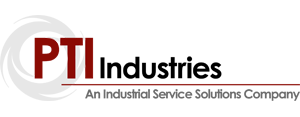
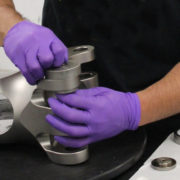
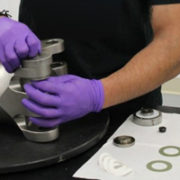
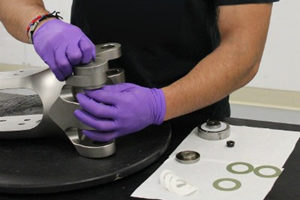 When making a quality adhesive bond, the first critical step is selecting the proper adhesive. Once the adhesive type is determined, the second important step is surface preparation.
When making a quality adhesive bond, the first critical step is selecting the proper adhesive. Once the adhesive type is determined, the second important step is surface preparation.
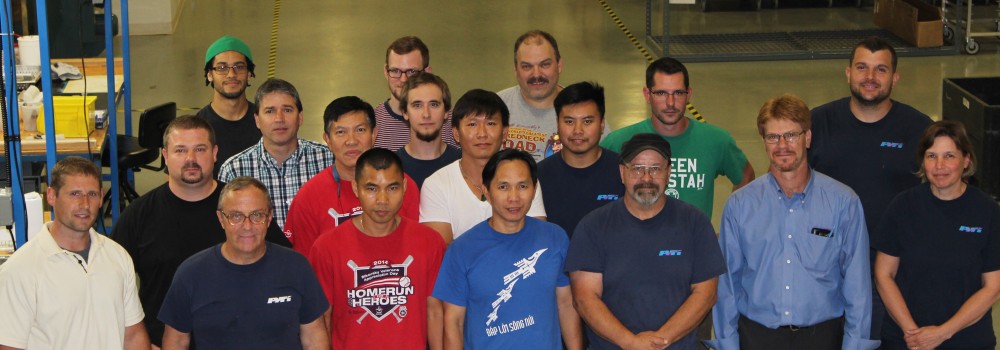
 In a previous post we spoke about streamlining your special processes to improve your bottom line. Now we’ll take a look at how one part would move through our multi-process shop. Four processes can equal one when a part has four sequential special processes done in one shop on one purchase order. To illustrate this, let’s look at a section of the value stream map for a Locking Nut that mates up to an LPT Shaft, which ultimately ends up in a jet engine.
In a previous post we spoke about streamlining your special processes to improve your bottom line. Now we’ll take a look at how one part would move through our multi-process shop. Four processes can equal one when a part has four sequential special processes done in one shop on one purchase order. To illustrate this, let’s look at a section of the value stream map for a Locking Nut that mates up to an LPT Shaft, which ultimately ends up in a jet engine.